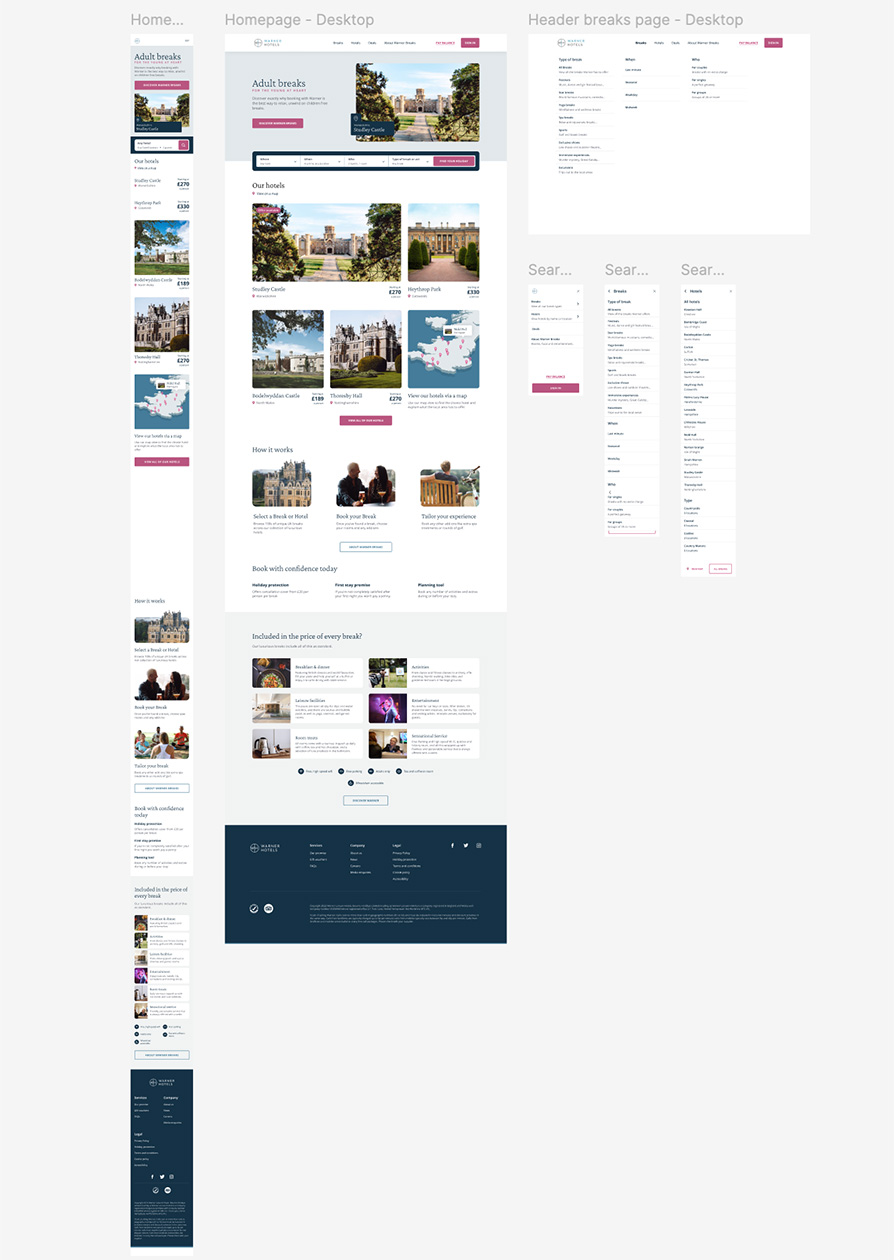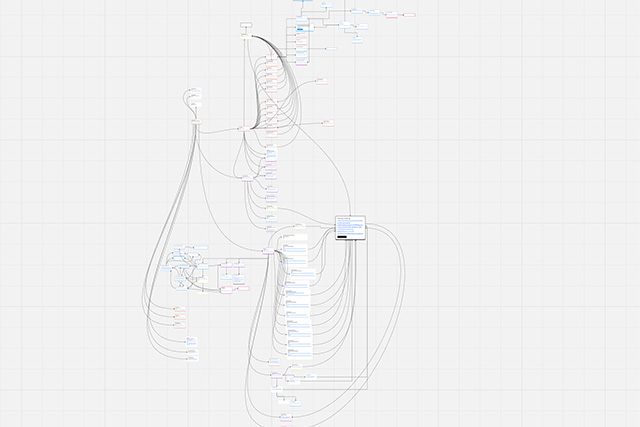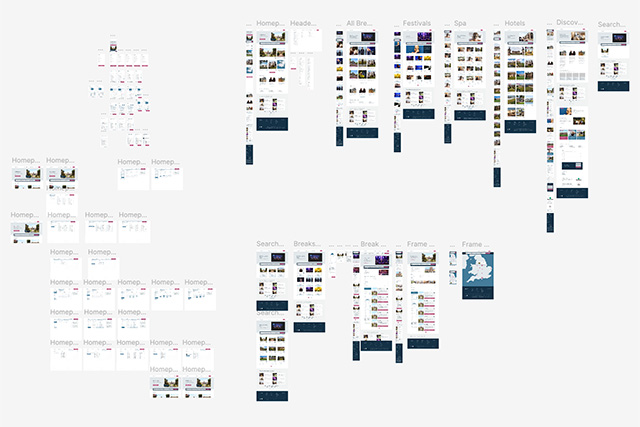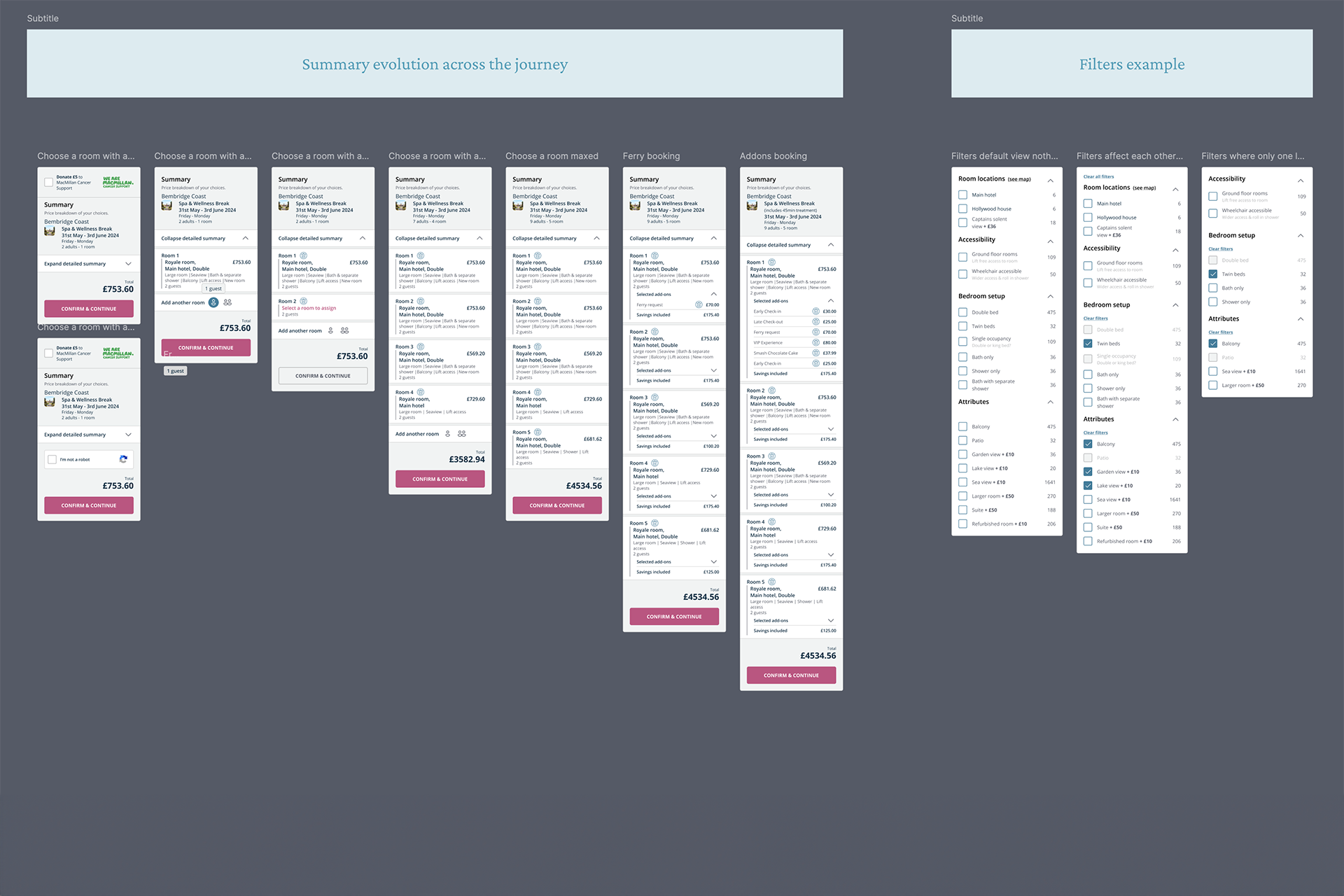Increasing site conversion and boosting revenue per user
A successful modernisation project, resulting in a significant improvement in key performance metrics, including a +8.2% increase in overall site conversion rates and a boost in revenue per user. The project demonstrated the value of research-driven, user-centric design, leading to a future-proof website.
Business Transformation 2024



